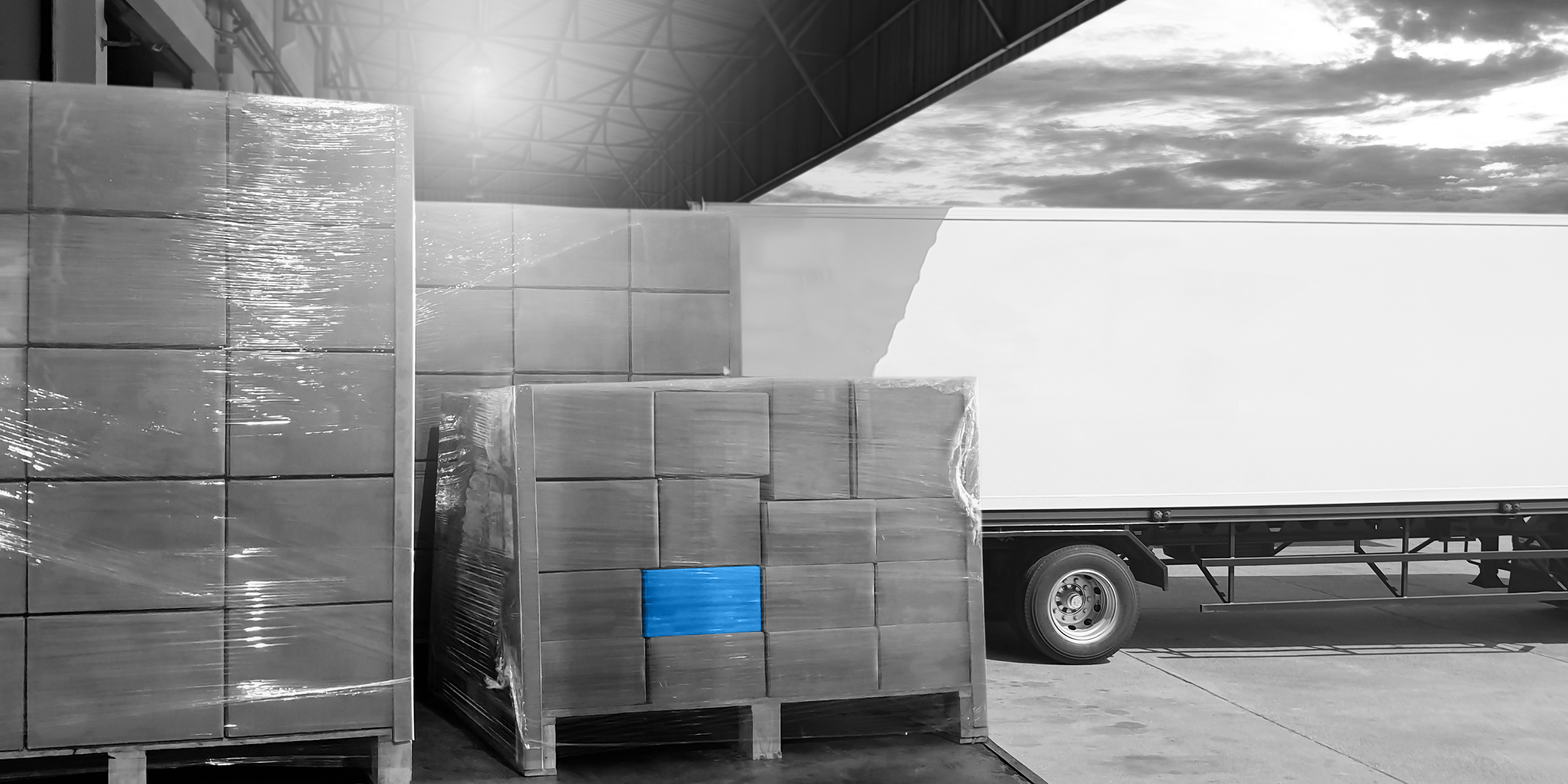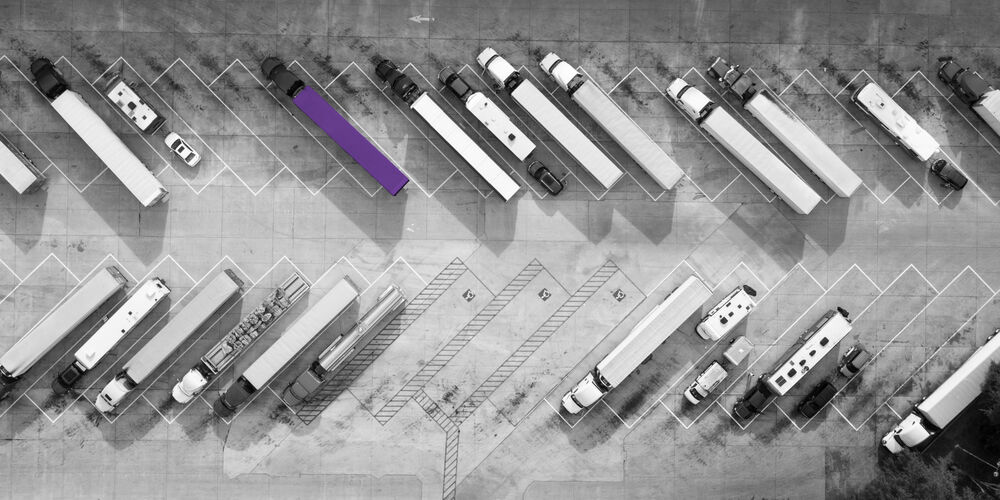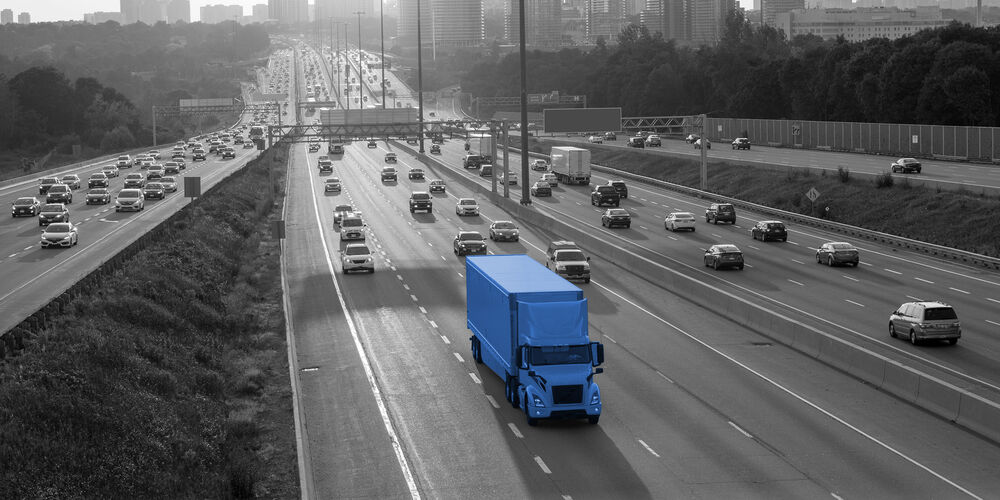The Amazon Effect is impossible to ignore. By definition, it refers to the impact the juggernaut, and all other digital marketplaces, has had on the retail industry. As online shopping and ecommerce has increased, smaller, local retail stores have suffered. However, more recently, the Amazon effect has traveled all the way down the supply chain. It is now something that nearly every consumer, every retailer and every business has been affected by, including shippers, carriers and 3PLs.
Category: LTL
Carrier Capacity and Its Impact on the Supply Chain
Thanks to an increase in e-commerce and an abundance of freight, we are in the middle of a very carrier-friendly negotiating environment. LTL freight volume is exceptionally high, while carrier capacity is low. LTL carriers are in high demand and they are doing their best to meet the needs of all shippers. However, since they are feeling the constraints and are also dealing with the driver shortage, carriers are able to demand a little more from freight shippers.
The Truck Driver Shortage and Its Impact on LTL
While the truck driver shortage has been an ongoing problem for the better part of a decade, it is still having a large impact on all aspects of the transportation industry and was only accelerated by the CoVID-19 pandemic. The ensuing downturn in the economy caused a number of smaller fleets to lay off drivers during the early days of the pandemic. According to data from the Federal Motor Carrier Safety Administration (FMCSA) and Tucker Company Worldwide, small carriers lost 150,172 drivers during the first half of 2020, when US freight shipments dropped by 25%. Additionally, with extended unemployment benefits, some drivers found that they could stay home and stay safe without losing significant income, all while a number of retirement-age drivers decided to hang up their keys to avoid exposure to COVID-19 on the road. Also, the CDL Drug & Alcohol Clearinghouse cut loose 40,000 drivers due to failed drug test results, which accounted for about 1% of the truck-driving workforce.
Increasing Sustainability in LTL Transportation
Sustainability has been a buzzword for a while now, as it is something everyone can play a part in and something we all need to take responsibility for. As more corporations and consumers prioritize “going green” or being environmentally friendly, sustainability will remain a focus.
This very point was showcased in a couple of recent studies. Forbes found that 92% of consumers will be more likely to trust a company that supports social or environmental issues. Coyote Logistics and Martec discovered that 81% of supply-chain companies have increased their focus on sustainability in the last three years, attributing the sustainability adjustments to pressure from stakeholders and global demand to “go green.”
But what does that mean for the LTL industry? How can companies work to lower their carbon footprint without disrupting their operations or hurting their bottom line?
General Rate Increases & Their Impact on LTL Shippers
’Tis the season for general rate increases (GRIs)! LTL carriers across the board are releasing an increase on their base shipping rates. To date, Old Dominion Freight Line announced a 4.9% GRI, Saia announced a 5.9% rate increase, ArcBest implemented a 5.95% GRI for LTL services, Yellow installed a 5.9% increase and Forward Air implemented a 6% GRI.
The Impact of Ecommerce on LTL
Ecommerce was already steadily growing before the pandemic hit. Since COVID-19, it has boomed. According to ZD Net, ecommerce accounted for around 35 percent of all U.S. retail sales in 2020. Experts also anticipate the increase in online shopping to extend far beyond the pandemic. This should not come as a surprise. As a society, we tend to gravitate toward things that simplify our daily lives and shopping online certainly does that – especially with the increase in retailers offering free shipping or two-day shipping options.
The Impact of Ecommerce on LTL
Ecommerce was already steadily growing before the pandemic hit. Since COVID-19, it has boomed. According to ZD Net, ecommerce accounted for around 35 percent of all U.S. retail sales in 2020. Experts also anticipate the increase in online shopping to extend far beyond the pandemic. This should not come as a surprise. As a society, we tend to gravitate toward things that simplify our daily lives and shopping online certainly does that – especially with the increase in retailers offering free shipping or two-day shipping options.
The Effect of Freight-Pricing APIs on LTL Contract Negotiations
As freight-pricing application programming interfaces (APIs) continue to proliferate throughout the transportation industry, they increase the data and information that shippers, 3PLs and carriers have at their fingertips. Not only do they help create efficiencies in operations, but they can also increase efficiency in the contract negotiating process.
How to Improve LTL Carrier Negotiations
You can improve the process and results of your LTL carrier negotiations by being as prepared as possible. The best way to do that is by aggregating as much data as you can – about your own freight and shipping lanes as well as the preferred freight and lanes of your carriers. This will ensure that you choose the best LTL carriers to offer the best service for your freight, your customers and your suppliers at a fair market value.







